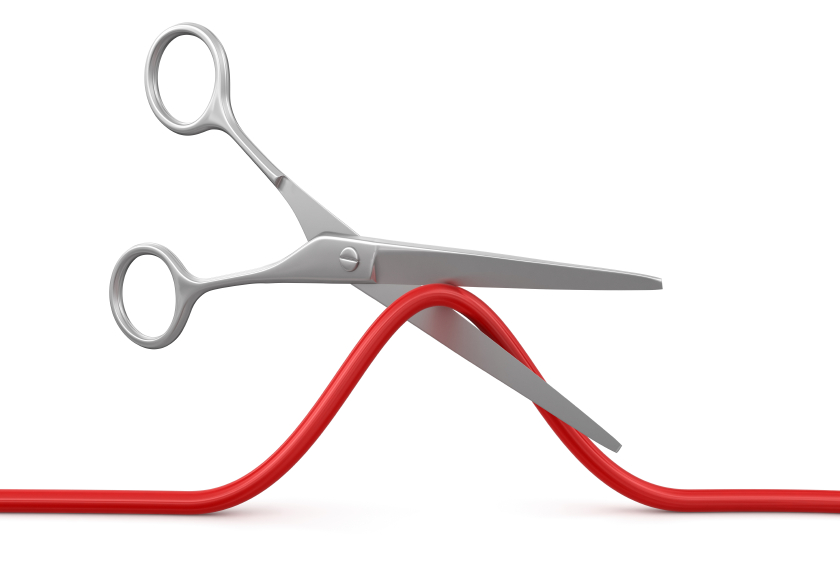Written by: Roshan Dwivedi
Cord cutting is real. Now, the biggest question everybody wants to answer isn’t whether Americans are ditching the pay-TV bundle for OTT video services like Netflix, but simply how fast the transition will occur.
Traditional media stocks got crushed earlier this month as several warned investors about the falling pay-TV subscriber count. Walt Disney shares dove 10% as management said ESPN — the most valuable property in the pay-TV universe — had seen some subscriber losses. As a result, Disney lowered its medium-term cable segment profit growth guidance from the high single digits to mid single digits.
Meanwhile, Comedy Central parent Viacom saw shares fall 14% after reporting lower-than-expected revenue, citing weak ad revenue from its cable division. 21st Century Fox fell 9% on similar news. The worries were enough to bring down peers like Time Warner and others that had otherwise strong quarters.
The U.S. pay-TV industry had a record number of subscriber losses last quarter, shedding 625,000 customers. Still, that’s a decline of less than 1% from a base of 100.4 million households. Additionally, cable and satellite TV are seasonal businesses, meaning that those numbers should move closer to zero or even turn positive when the winter months arrive.
Anyone’s guess
No one knows for sure how fast consumers will switch from linear TV to Internet TV. At a conference earlier this year, Netflix CEO Reed Hastings said, “We will come to see that linear TV declines every year for the next 20 years, and that Internet TV rises every year for the next 20 years.” Perhaps the most interesting part of the statement from the man as responsible as any for the cord-cutting phenomenon is that it assumes linear TV will still exist 20 years from now.
Read the entire story here.














Add your comment